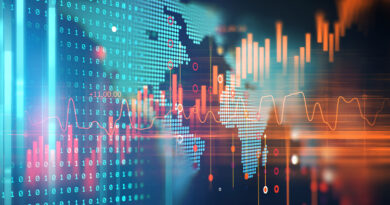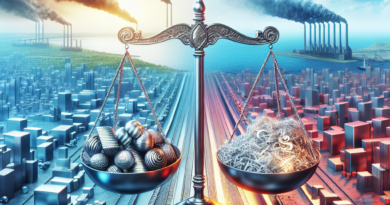From Saudi Arabia to Iran: this is how the Brics double and change shape
The Brics have changed shape.
With the arrival of 2024, Brazil, Russia, India, China and South Africa have welcomed five new members to the group that brings together the world's main emerging economies.
There could have been six, including Argentina, but the new president of the Latin American nation, Javier Milei, blocked Buenos Aires' membership.
Not bad, because the club has still seen Egypt, Ethiopia join it as well as energy heavyweights Saudi Arabia, the United Arab Emirates (UAE) and Iran.
Thanks to this expansion, the Brics are consolidating their status as the voice of the Global South and gaining greater weight in international politics.
The enlargement of the group, among other things, occurred while the presidency of the platform is in the hands of Russia.
In other words, when Vladimir Putin hosts the next Brics summit in Kazan next October, twice as many heads of state will be included in the usual photos compared to those seen last summer in Johannesburg, South Africa.
The message that the West will indirectly receive, at that point, will be quite clear: the Brics have gone from being an acronym invented in 2001 by Goldman Sachs bankers to a club that represents a cross-section of the real world.
The same one that today wants to obtain greater room for maneuver on the global chessboard.
The evolution of the Brics The growth of the Brics has been remarkable.
It began in 2001, when some analysts coined this bizarre acronym to indicate the economies of those countries which, at the time, were showing interesting signs of growth.
In 2009, the leaders of Brazil, Russia, India and China met for the first time.
Finally, in 2011, South Africa became the first African country to join.
The rest is recent history.
A history accelerated by multiple regional crises – most recently the Ukrainian conflict – which have pushed more and more countries to distance themselves from the Western fold.
Unlike what some analysts hypothesized, according to which the group would soon fragment because the members, in addition to not having a defined program, are too politically and ideologically different from each other, democracies such as Brazil, India and South Africa continued to work pragmatically with autocracies such as China and Russia.
Even deadly clashes between Indian and Chinese troops on the disputed border in 2020 failed to break the blockade.
A block that is evidently more solid than one might think.
Speaking of glue, the BRICS countries agree that Western nations excessively control international bodies – such as the International Monetary Fund and the World Bank – and are working to shape a world order that is less dominated by the West.
The Group's Goal Counting new members, BRICS now encompasses a combined population of about 3.5 billion people, or 45% of the world's population, and a combined economy worth more than $28.5 trillion, and that is, approximately 28% of the global economy.
Another important aspect: the countries of the club will produce almost 44% of the world's crude oil.
Ultimately, pairing some of the world's largest energy producers with some of the largest consumers among developing countries could help improve the group's economic clout in a world dominated by the United States.
According to Bloomberg, the addition of major fossil fuel producers to the Brics could give the bloc a real chance to challenge the dollar's dominance in oil and gas trading, as well as their members' efforts to use other currencies in their trades.
.
More broadly, the expanded alliance could become a stronger counterweight to the so-called Group of Seven, made up of Canada, France, Germany, Italy, Japan, the United Kingdom and the United States.
The (economic) results obtained The main results obtained so far by the group have been financial.
BRICS countries have agreed to pool $100 billion in foreign currency reserves, which they can lend to each other during emergencies.
In 2014, they established the New Development Bank while at the end of 2022 they lent approximately $32 billion to emerging countries – for the construction of projects and various infrastructures.
In any case, if it is true that the lowest common denominator of the bloc coincides with obtaining greater space for action in the global decision-making process, at the same time each member would seem to have its own parallel objective.
China, for example, is using the group to increase its power and influence in the Global South, especially in Africa, while Russia, the world's other major Brics power, intends to undermine the Western geopolitical order.
This also does not appear to be an obstacle to the continuation of the project.
read also China "sharpens" the weapon of the yuan: this is how Beijing challenges the dollar




